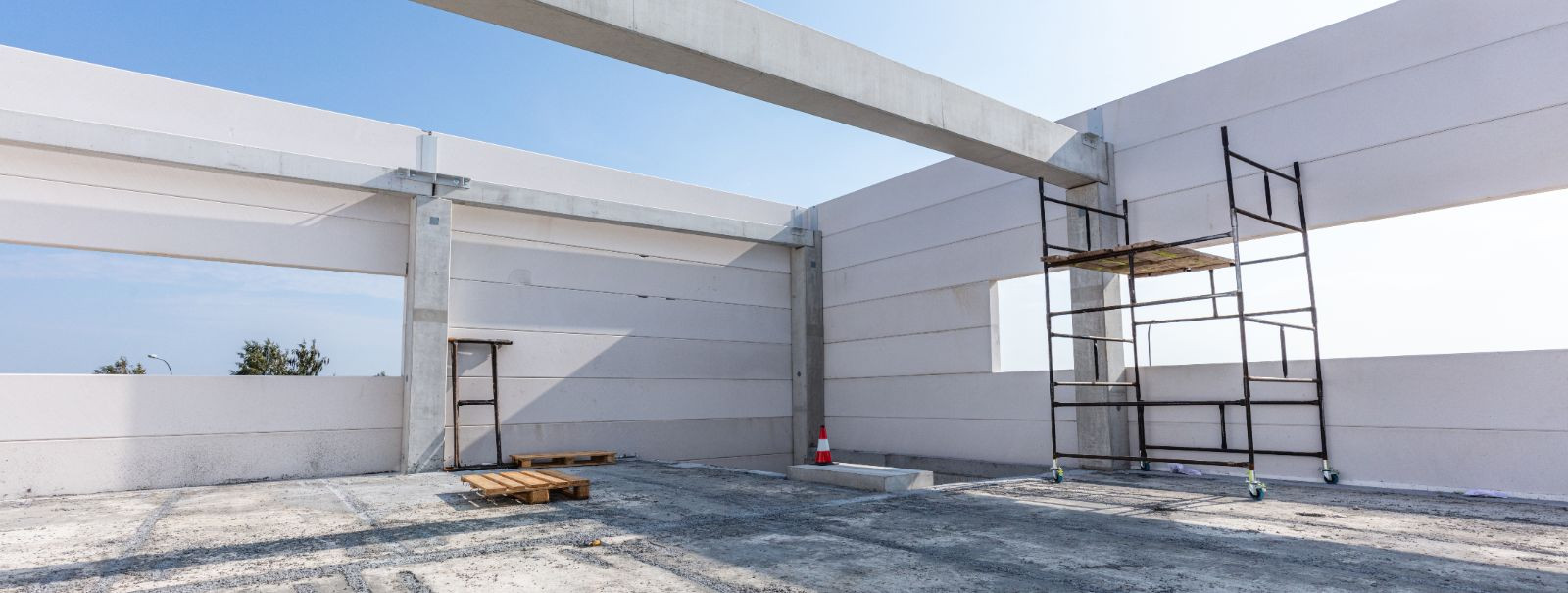Understanding the basics of structural engineering
Structural engineering is a specialty within civil engineering that focuses on the framework of structures, ensuring they can withstand the stresses and pressures of their environment and remain safe, stable, and secure throughout their use. It is a critical aspect of the construction industry, as it directly impacts the durability and safety of buildings and infrastructure.
At the core of structural engineering are the principles of mechanics, materials science, and applied mathematics to predict how structures will behave. Engineers must understand the forces that act upon different structures, such as gravity, wind, and earthquakes, and design them to resist those forces.
Materials Used in Structural Engineering
Concrete is a versatile and widely used material in construction, known for its strength and durability. It is often reinforced with steel to improve its tensile properties.
Steel is favored for its high strength-to-weight ratio and flexibility in design. It is commonly used in the construction of high-rise buildings, bridges, and other large structures.
Timber is a traditional building material that offers aesthetic appeal and is now being recognized for its environmental benefits, as it is renewable and stores carbon.
Composite materials, such as fiber-reinforced polymers, are being increasingly used in construction due to their high strength and low weight.
Structural Analysis and Design
Structural engineers must calculate the loads a structure will be subjected to, including dead loads, live loads, and environmental loads, to ensure the structure can support them without failure.
Advanced software is used for structural modeling, allowing engineers to simulate and analyze the behavior of structures under various conditions.
Design considerations include the selection of appropriate materials, the layout of structural elements, and the integration of mechanical, electrical, and plumbing systems.
Building Codes and Standards
The IBC provides a comprehensive set of regulations that govern the design and construction of buildings to ensure safety and health for occupants.
Structural engineers must also be familiar with local building codes and practices, which can vary significantly from one region to another.
Sustainability in Structural Engineering
Energy-efficient designs reduce operational costs and carbon footprint, making structures more sustainable over their lifespan.
The selection of sustainable materials is crucial for reducing environmental impact and promoting sustainability in construction.
Certifications like LEED and BREEAM set standards for sustainable building practices and recognize projects that achieve these standards.
Technological Advancements in Structural Engineering
BIM is revolutionizing the construction industry by providing a digital representation of the building process to facilitate design, construction, and operation.
3D printing is emerging as a technology that can potentially change the way structures are built, offering customization and efficiency.
Smart materials and structures adapt to changing conditions, improving the performance and longevity of buildings.





Comments (0)